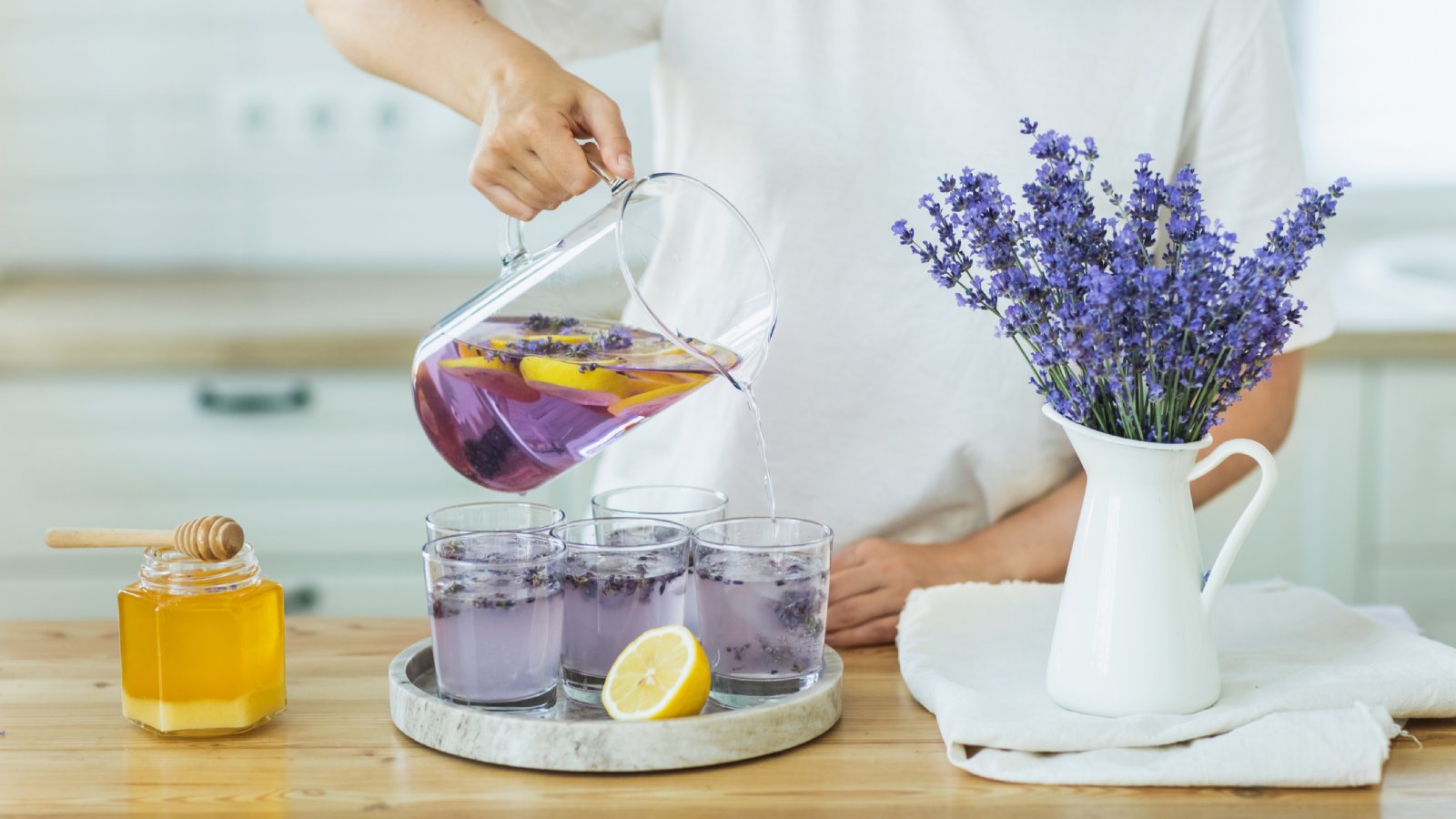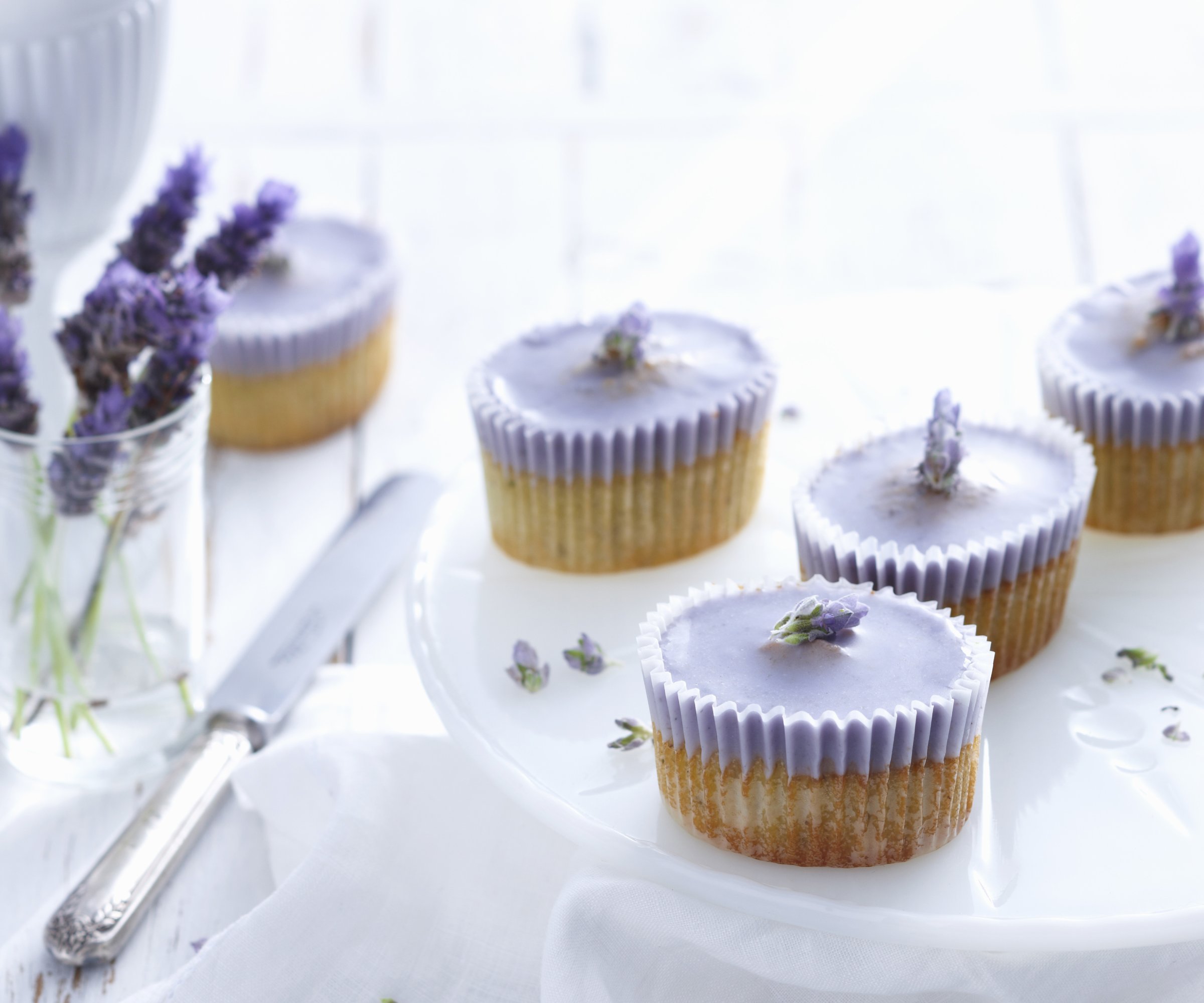Edible Lavender Varieties To Grow In Your Herb Garden
Is all lavender edible? Not really. Some lavender is delicious, but not all varieties are the same.

Some of our gardening readers ask, “Is all lavender edible?” Culinary lavender plants, or those good for eating, are indeed a different variety than other types of lavender plants.
Lavender’s history goes back 2500 years. Ancient Egyptians used it for mummification and scent and Romans for cooking, bathing, and perfuming the air but is all lavender edible? Which types produce edible lavender flowers? Read on to learn all about edible lavender.
Types of Lavender
There are at least 47 species of lavender (Lavandula) encompassing over 450 varieties, as well as many as yet to be classified. Of these, there are five most commonly included in the landscape.
Native to the Mediterranean, English lavender or True or Common lavender (Lavandula angustifolia) is the stereotypical type linked to the purple fields of the Provence region of France. Blooming in hues of blue, purple, lavender, violet, or pinkish/white in early to mid-summer, English lavender is a small, semi-woody, semi-evergreen, clumping perennial hardy from zones 5-9 and it is the “queen of herbs” for herb gardens, borders, rock gardens, and formal or informal edging.
French lavender (Lavandula dentata) is native to Eastern and Southern Spain. This upright, medium-sized shrub isn’t as aromatic as other varieties. Blooming from early summer through fall, the light purple bracts are offset by serrated, gray-green foliage with a strong rosemary aroma. The appearance of the foliage lends itself to French lavender’s other common name, Fringed lavender. It is hardy here in USDA zones 8-9.
Additional Lavender Varieties

Lavandin (Lavandula x intermedia) is a hybrid lavender combining the cold hardiness of English with the heat tolerance of Portuguese lavenders. Fragrant dark-violet to white blooms are borne above the compact, shrubby herb in mid to late summer and it’s hardy to USDA zones 5-9.
Portuguese or Spike lavender (Lavandula latifolia) is hardy in zones 6-8. Also with a heavy scent, the pale lilac blooms spike up on long stems above the broad, evergreen leaves of this shrub.
Gardening tips, videos, info and more delivered right to your inbox!
Sign up for the Gardening Know How newsletter today and receive a free copy of our e-book "How to Grow Delicious Tomatoes".
Spanish lavender (Lavandula stoechas) tolerates humidity better than English lavender and blooms almost continuously from mid-spring through late summer in zones 8-9. Native to the Mediterranean and Africa, Spanish lavender is also sometimes referred to as Butterfly or, confusingly, French lavender. This lavender forms distinct purple, pinecone-shaped blooms that are only slightly aromatic atop highly fragrant silvery foliage.
Is English Lavender Edible?
While taste is subjective, by most accounts, the lavender varieties to use for cooking come from Lavandula angustifolia or English lavender. Any cultivar from this species will be flavorful. Recommendations include “Royal Velvet,” “Folgate,” “Melissa,” “Munstead”, or “Lady.”
All English lavenders are on the sweet side, which is what you’re looking for. Avoid other varieties. Although they aren’t toxic their high camphor content makes their flavor too strident resulting in food that tastes perfumy or soapy.
Tips to Using Lavender in Recipes

Lavender does have a marvelous aroma and a distinctly unique flavor. The flavor of this herb is intense so remember less is more; use lavender sparingly.
Lavender can be used dried or fresh, whole or ground, most often in baked goods, and is excellent in lemonade. Lavender marries well with foods that are rich and fatty as its fresh taste cuts through and elevates the palate.
Lavender, along with fennel, marjoram, parsley, rosemary, tarragon, and thyme, is an integral part of the classic French seasoning Herbes de Provence used in meat marinades, bread baking, and even in cheeses.
Lavender is anti-microbial which means it should never be used in yeast bread. When using lavender in liquids, do not boil. Boiling the herb makes it bitter; instead crush the buds to release flavor and add them after removing the liquid from the stove.

Amy Grant has been gardening for 30 years and writing for 15. A professional chef and caterer, Amy's area of expertise is culinary gardening.
-
 Looking For Plants To Give You The Soft And Fuzzies? Try These 5 Fuzzy Leaf Plant Options
Looking For Plants To Give You The Soft And Fuzzies? Try These 5 Fuzzy Leaf Plant OptionsLovers of texture, drama, silver foliage and tactile plants will adore these special sensory garden additions. These fuzzy leaf plant options will leave you all aglow
By Susan Albert
-
 Get Ready For A Summer Of Hummers! Grow These Full Sun Hummingbird Plants and Flowers
Get Ready For A Summer Of Hummers! Grow These Full Sun Hummingbird Plants and FlowersIf you’re lucky enough to enjoy a sunny backyard, make sure you are maxing out on your pollinator opportunities and grow these full sun hummingbird plants and flowers
By Tonya Barnett